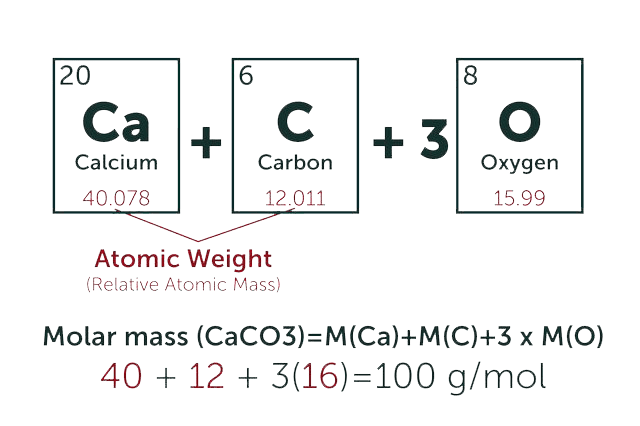Erythromycin A
* Please be kindly noted products are not for therapeutic use. We do not sell to patients.

| Category | Antibiotics |
| Catalog number | BBF-01703 |
| CAS | 114-07-8 |
| Molecular Weight | 733.93 |
| Molecular Formula | C37H67NO13 |
Online Inquiry
Description
Erythromycin A is a group of 14-membered macrolide antibiotics produced by Streptomyces erythreus. Erythromycin A is a macrolide antibiotic that has an antimicrobial spectrum similar to or slightly wider than that of penicillin (IC50=1.5 μg/ml). It has a good effect on fish whitehead and white mouth disease, gill rot disease and kidney disease. Erythromycin can be used as an alternative medicine for animals allergic to penicillin.
Specification
| Synonyms | erythromycin; E-Mycin; Erythrocin |
| Storage | Keep container tightly closed in a dry and well-ventilated place. Keep in a dry place. |
| IUPAC Name | (3R,4S,5S,6R,7R,9R,11R,12R,13S,14R)-6-[(2S,3R,4S,6R)-4-(dimethylamino)-3-hydroxy-6-methyloxan-2-yl]oxy-14-ethyl-7,12,13-trihydroxy-4-[(2R,4R,5S,6S)-5-hydroxy-4-methoxy-4,6-dimethyloxan-2-yl]oxy-3,5,7,9,11,13-hexamethyl-oxacyclotetradecane-2,10-dione |
| Canonical SMILES | CCC1C(C(C(C(=O)C(CC(C(C(C(C(C(=O)O1)C)OC2CC(C(C(O2)C)O)(C)OC)C)OC3C(C(CC(O3)C)N(C)C)O)(C)O)C)C)O)(C)O |
| InChI | InChI=1S/C37H67NO13/c1-14-25-37(10,45)30(41)20(4)27(39)18(2)16-35(8,44)32(51-34-28(40)24(38(11)12)15-19(3)47-34)21(5)29(22(6)33(43)49-25)50-26-17-36(9,46-13)31(42)23(7)48-26/h18-26,28-32,34,40-42,44-45H,14-17H2,1-13H3/t18-,19-,20+,21+,22-,23+,24+,25-,26+,28-,29+,30-,31+,32-,34+,35-,36-,37-/m1/s1 |
| InChI Key | ULGZDMOVFRHVEP-RWJQBGPGSA-N |
| Source | Saccharopolyspora erythraea |
Properties
| Appearance | White or slightly yellow powder |
| Boiling Point | 818.4°C at 760 mmHg |
| Melting Point | 190-193°C |
| Density | 1.2 g/cm3 |
| Solubility | Soluble in Methanol, acetone, chloroform, acetonitrile, ethyl acetate |
| LogP | 3.06 |
Toxicity
| Carcinogenicity | No indication of carcinogenicity to humans (not listed by IARC). |
| Mechanism Of Toxicity | Erythromycin acts by penetrating the bacterial cell membrane and reversibly binding to the 50 S subunit of bacterial ribosomes or donor site so that binding of tRNA (transfer RNA) to the donor site is blocked. Translocation of peptides from the acceptor site to the donor site is prevented, and subsequent protein synthesis is inhibited. Erythromycin is effective only against actively dividing organisms. |
Reference Reading
Spectrum
LC-MS/MS Spectrum - DI-ESI-Ion Trap , Positive

Experimental Conditions
Ionization Mode: Positive
Predicted LC-MS/MS Spectrum - 10V, Positive

Experimental Conditions
Collision Energy: 10 eV
Instrument Type: QTOF (generic), spectrum predicted by CFM-ID
Mass Resolution: 0.0001 Da
Recommended Products
| BBF-04655 | Exatecan Mesylate | Inquiry |
| BBF-05916 | PNU-159682 | Inquiry |
| BBF-05818 | Docosahexaenoic acid | Inquiry |
| BBF-04624 | Sulbactam Sodium | Inquiry |
| BBF-04301 | Tulathromycin A | Inquiry |
| BBF-05762 | Cyclosporin B | Inquiry |
Bio Calculators
* Our calculator is based on the following equation:
Concentration (start) x Volume (start) = Concentration (final) x Volume (final)
It is commonly abbreviated as: C1V1 = C2V2


